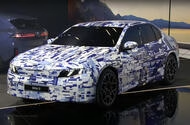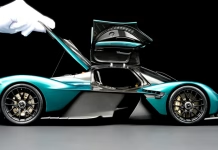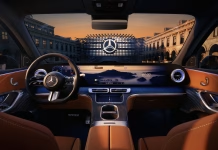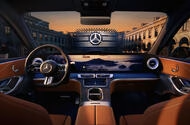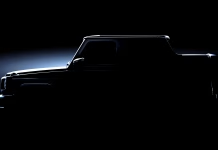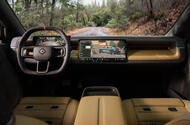New Electric SUV Sets UK Record with 500 Mile Range and Striking Redesign
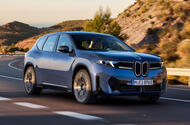 SUV’s advanced tech nets 500 miles between charges; all-new look sets template for next-gen models
SUV’s advanced tech nets 500 miles between charges; all-new look sets template for next-gen models
BMW has revealed the new iX3, a car that represents the beginning of a bold new era of design, technology, drivability and production methods as the first of its Neue Klasse models.
Making its world debut at the Munich motor show, the new electric SUV – previewed by the Neue Klasse X concept in 2023 – is the result of a £17 billion investment and four years of development. It is seen by the firm as one of its most important model launches to date.
The arrival of the iX3 marks a key milestone in BMW’s electric ambitions. The SUV ushers in an entirely new design that is described as “more BMW than ever”. It will directly influence the next 40 models from the brand.
BMW Group design boss Adrian van Hooydonk told Autocar: “The task was to create a design language that is brand new and attractive to both people that don’t know us and to people that do know us – but also one that can be traced back to our history, to the ’70s, even to the ’60s. That’s deliberate.”
Notably, the front of the new iX3 dispenses with the controversially large kidney grille of the previous era and replaces it with a new design that references Neue Klasse models from the ’60s and ’70s. The kidneys are also illuminated, rather than picked out in chrome, in an environmentally motivated move.
The design feature of narrow kidney grilles and headlights contained “as one graphical unit” is a nod to the BMW 2002 ‘Sharknose’, said Van Hooydonk.
Each Neue Klasse model will get its own “unique” light signature, he added, “so in the future, when we come with more Neue Klasse cars, each of them will be instantly recognisable”. For example, said van Hooydonk, the iX3 has a vertically oriented grille but the incoming i3’s will be horizontal. The new SUV measures 4782mm in length, 1895mm in width and 1635mm in height, making it similar in size to the incoming electric Porsche Macan and Audi Q6 E-tron.
New platform
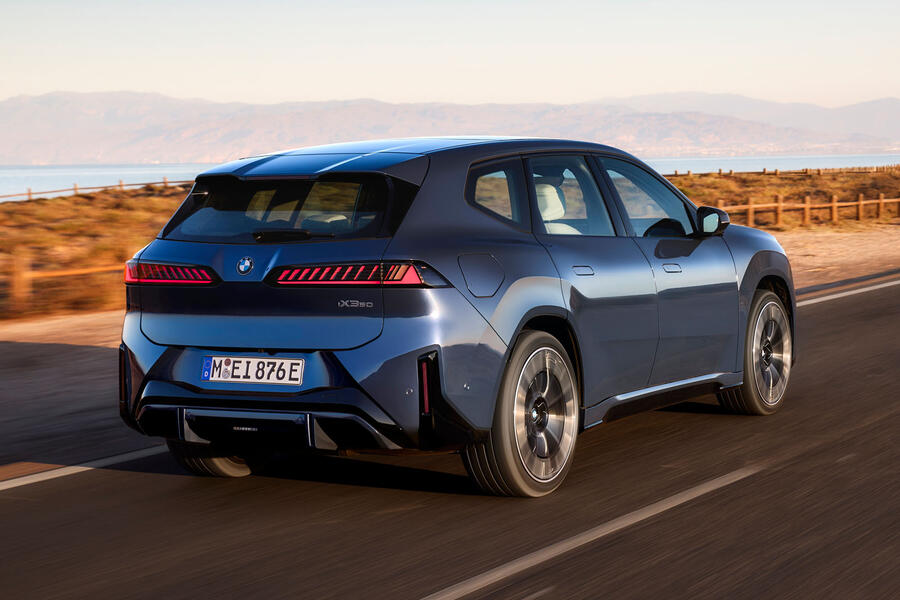
The new iX3 is the first model to use the BMW Group’s new Gen6 platform, a cleansheet architecture that is said to be a “quantum leap forward” in terms of technology compared with today’s offerings.
The platform’s 800V electric architecture can handle a charging speed of up to 400kW – which, in theory, means the ability to add 217 miles of range in 10 minutes, although BMW admits this rate can be held for only around two to three minutes. It is also equipped with bidirectional charging – a first for BMW.
At its launch, the iX3 will be offered exclusively in 50 xDrive form, which draws electricity from a new 108kWh nickelmanganese-cobalt (NMC) battery. This uses cylindrical cells that are 20% denser and easier to package than modules (made up of square cells) found in today’s Gen5 packs.
Range increases by 30%, efficiency by 20% and charging speeds by 30%. The new cells also reduce production costs by up to 50%.
As a result, the 50 xDrive offers a WLTP range of 500 miles, which makes it the longest-range EV on sale in the UK, surpassing the Mercedes-Benz CLA. That’s despite power being deployed by two motors rather than one – traditionally not the most efficient set-up. Range is expected to increase further when a more effi cient, single-motor, rear-drive entry-level variant arrives next year.

The impressive range figure is also aided by the iX3’s design. The sleek bodywork helps to achieve a drag coefficient of 0.24, which, BMW claims, makes it the most aerodynamic mid-size SUV on sale. The iX3 also has bespoke tyres that are claimed to reduce rolling resistance by 12%, adding 25 miles of range.
The 50 xDrive has a pair of excited synchronous motors which produce a combined 464bhp and 479lb ft, which enables the SUV to cover 0-62mph in a claimed 4.9sec. Top speed is governed at 130mph.
BMW has focused on giving the iX3 BMW-typical handling characteristics. Key to this is the new ‘Heart of Joy’ digitised nervous system, which controls everything about the driving experience. But van Hoydook emphasised that “it is built for driving” and is “not a computer on wheels”.
In another first for BMW, the iX3 uses pack-to-open-body construction, in which the packs are bolted directly to the chassis. This is said to increase structural integrity, optimises car integration, saves money on parts and reduces weight.
Interior

The new construction method also increases interior space. In an unusual move, BMW has bolted the front seats of the iX3 directly to the battery pack. This also keeps the car’s height as low as possible to aid aerodynamics.
The exterior’s minimalist design theme continues in the cabin. Previewed earlier this year, it is centred around a 17.9in infotainment screen that houses the controls for most of the car’s functions and runs BMW’s latest iDrive software.
Another first is the new ‘panoramic iDrive’ display. This 43.3in projection runs across the length of the dashboard just under the driver’s eyeline and displays key details such as vehicle speed and state of charge.
Some of the biggest challenges were to integrate the panoramic vision display and to set it up just right,” said van Hooydonk.
In another change, the new steering wheel adopts haptic controls.
Boot space is 520 litres with the seats up and 1750 litres with them folded down. There is also a 78-litre storage space under the bonnet.
The iX3 will be produced at BMW’s Debrecen plant in Hungary. UK pricing for the 50 xDrive will start at £58,755 and top out at £62,755 for the 50 xDrive M Sport Pro. First deliveries will begin early next year.
BMW iX3 Ushers in a Bold Electric Future With 400-Mile Range and Cutting-Edge Tech
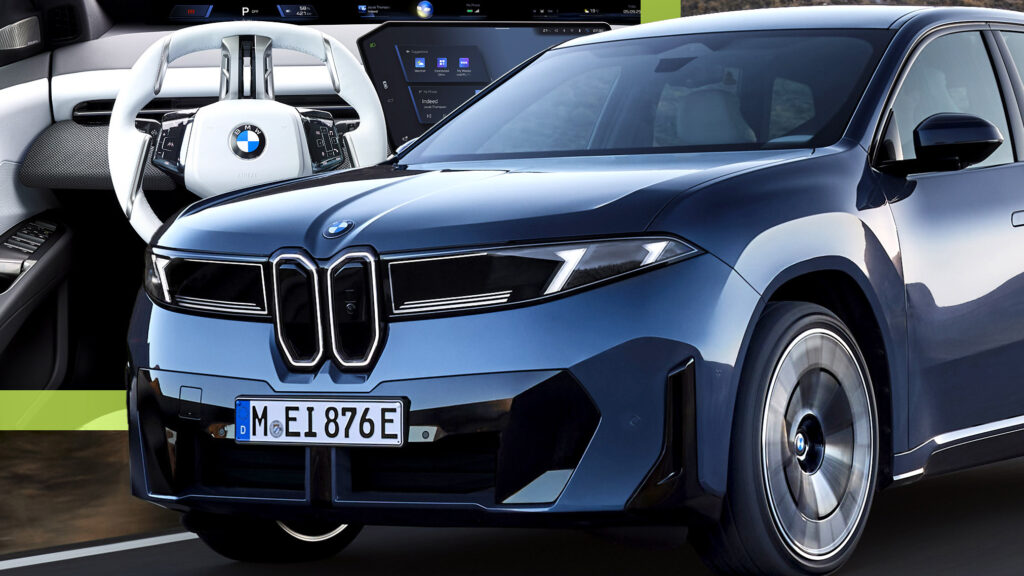
BMW Unveils Next Generation Electric 3 Series i3 With Sleek Design and 2026 Launch
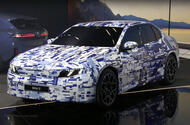 Electric 3 Series will become second model in BMW's Neue Klasse age
Electric 3 Series will become second model in BMW's Neue Klasse age
BMW has shown the new electric BMW 3 Series for the first time, and confirmed it will arrive next year badged i3.
Revealed in camouflaged-form at the launch of the new iX3 SUV on Friday, the car has evolved from the striking Vision Neue Klasse concept that was revealed in 2023. The saloon will become the second model in its Neue Klasse age.
It is the first time the brand has offered a 3 Series-sized model with an electric powertrain. When it arrives next year it will be the smallest EV the brand offers.
It will also be the first car to use the i3 badge since the previous BMW i3 went out of production in 2022.
Speaking at the iX3 launch, BMW chairman Oliver Zipse said: “This is the new i3 that will arrive next year and he all electric. It’s the first model variant of the new 3 Series generation.
“You will recognise classic proportions of a typical sporty BMW.
“For the past 50 years across multiple model generations no other model has been as tied to the BMW brand as the 3 Series. It represents sheer driving pleasure at its finest.
"The iX3 and i3 are powerful symbol of the broad spectrum the Neue Klasse models will cover.”
When the iX3 and i3 arrive next year, they will spearhead a huge product offensive from BMW. Zipse said that, starting next year, the brand will launch a new version of each model, adding: “We will launch 40 new and updated models by 2027”
Shown for the first time under camouflage, the i3 appeared in production form. The car has been spotted testing over the past year (below).
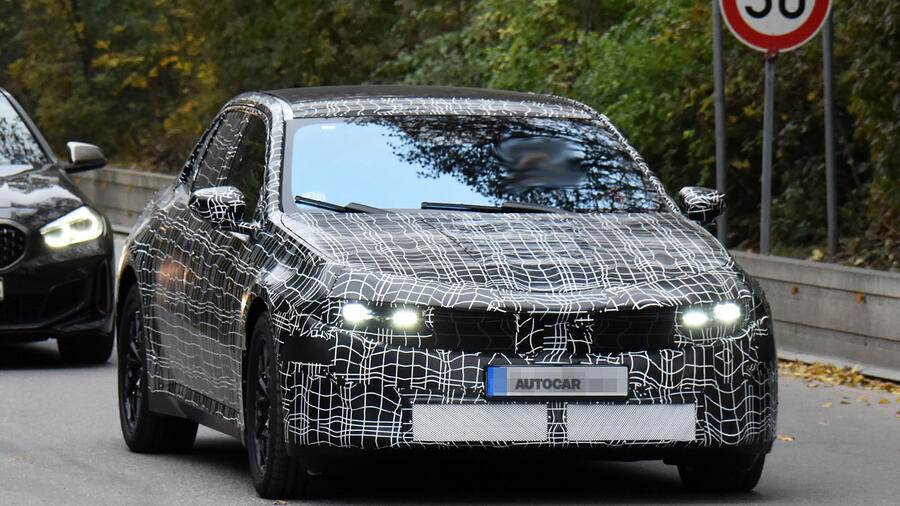
While arriving first in electric i3 form, the eighth generation 3 Series will continue to be offered with ICE power as it moves onto BMW's completely new, EV-first architecture. This 800V Gen6 platform is the same as what underpins the larger iX3.
While the iX3 launches as the longest-ranged EV on the market with a range of 500 miles, expect the i3’s lower and sleeker shape to push this further.
Power will likely match the iX3, which at launch is offered with 464bhp and 479lb ft from a dual-motor set up. This enables the SUV to cover 0-62mph in a claimed 4.9sec. Other power configurations are planned.
BMW has already teased an electric M3 with the M HP BE test mule. Due in 2028, BMW has promised that the crucial sports saloon will “set new standards" for electric performance.
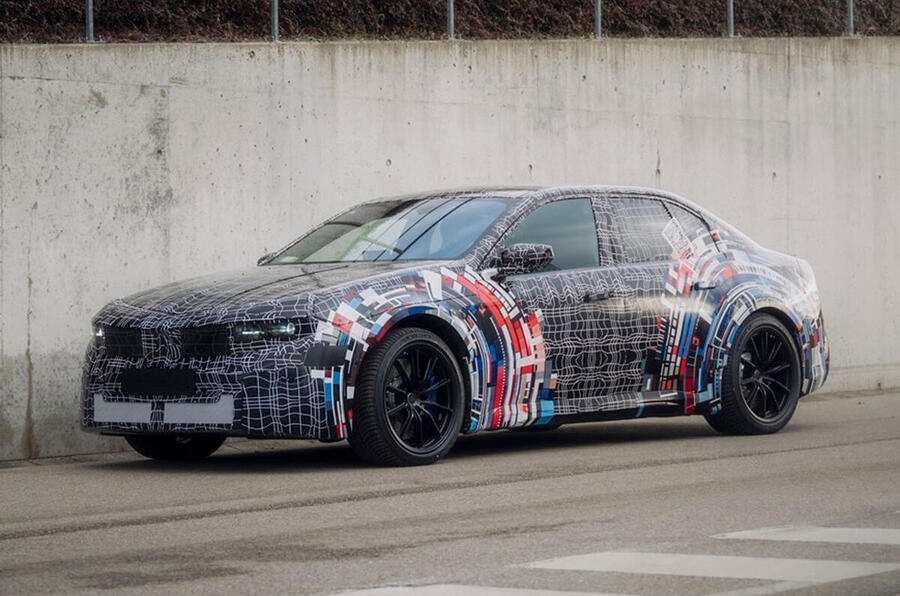
The car is also set to get a Touring estate version, BMW Group design boss Adrian van Hooydonk previously told Autocar.
Own the Ultimate Miniature: Aston Martin Valkyrie Scale Model Blends Luxury and Precision
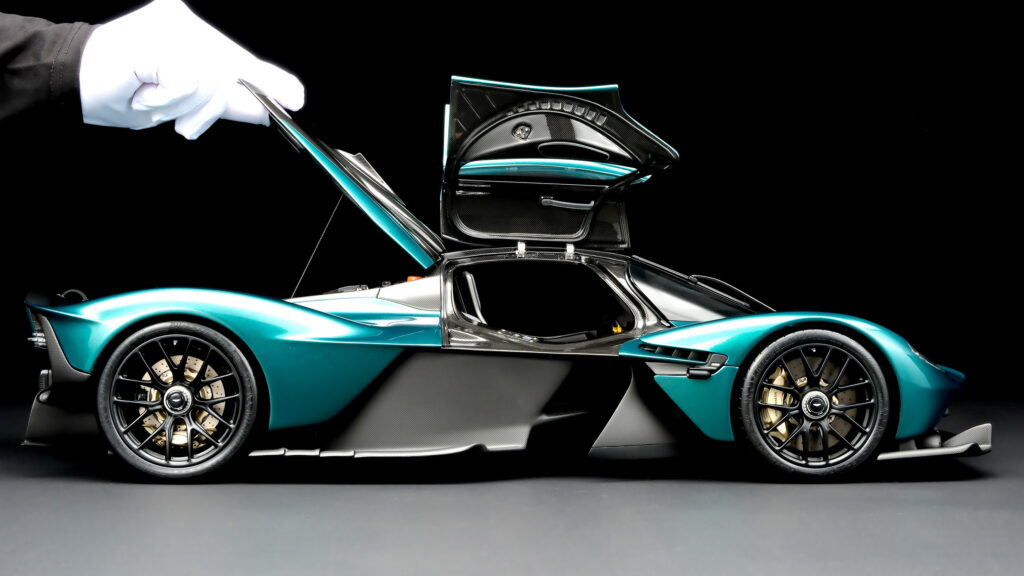
Mercedes GLC Electric Unveils Stunning 39-Inch Hyperscreen and Advanced Interior Features
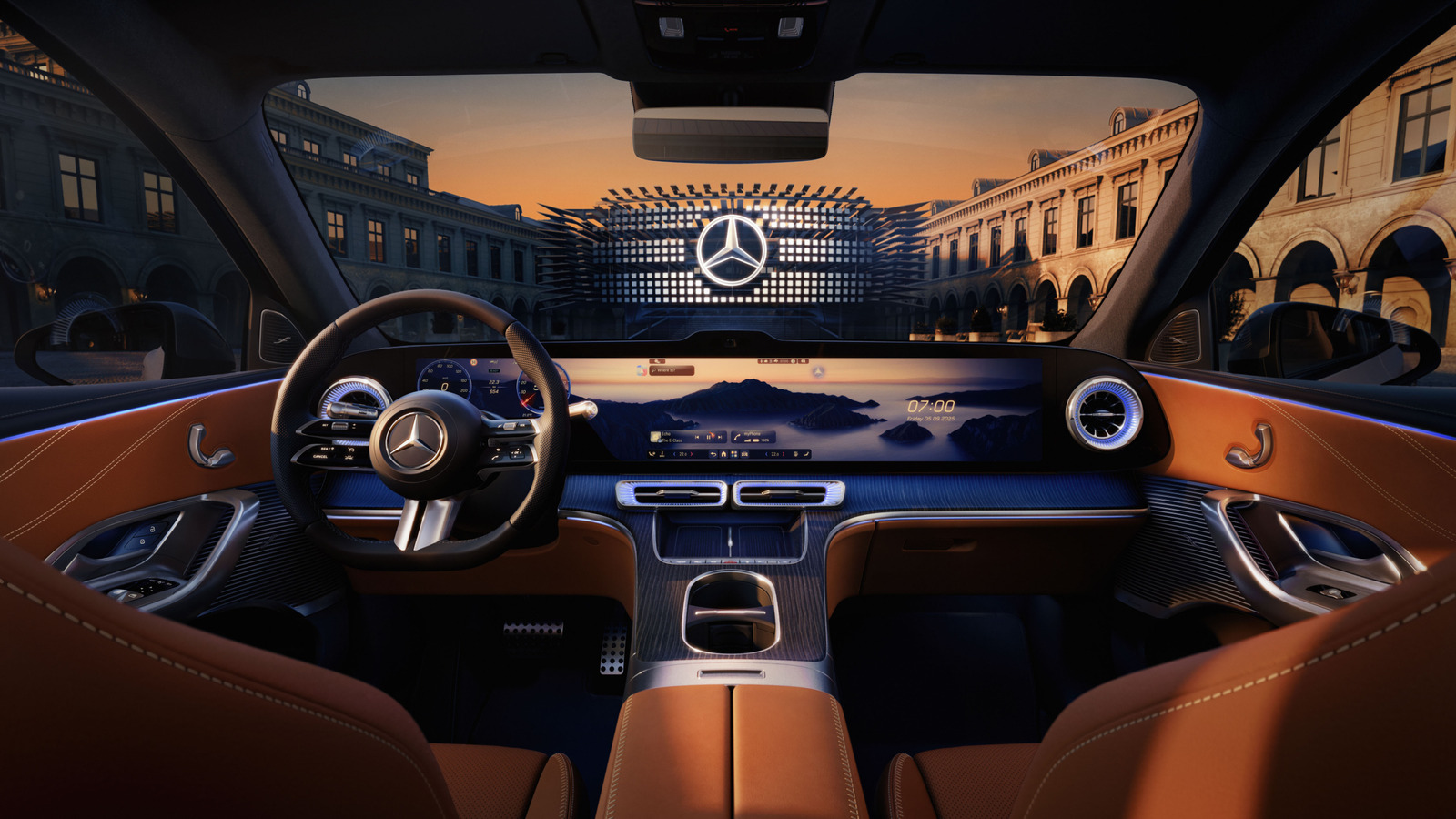
New Electric GLC SUV Unveils Stunning 39 Inch Hyperscreen and Futuristic Interior Design

Mercedes-Benz GLC interiorNew electric GLC will be offered with largest touchscreen yet seen on a Mercedes
The new electric Mercedes-Benz GLC, which is set to be unveiled imminently at the Munich motor show, will feature the largest digital display screen yet seen on one of the firm’s models.
The new SUV, which effectively succeeds the EQC and will be sold alongside the combustion-engined GLC, sits on a bespoke new EV platform. Mercedes has already shown the bold illuminated grille that will feature on the model and the firm has now given a first glimpse at its cabin.
The interior design is dominated by a revamped single-piece MBUX Hyperscreen, which measures 39.1in and spans the entire length of the new GLC’s dashboard. Mercedes says the screen offers “exceptional clarity” and uses matrix backlight technology from more than 1000 LEDs.
The screen will offer ‘intelligent zone dimming’, which means two display areas can be set to different levels of brightness using sliders. Mercedes claims it has filed a patent for that technology. It is understood that the Hyperscreen will be optional, with lower-level models featuring smaller screens.
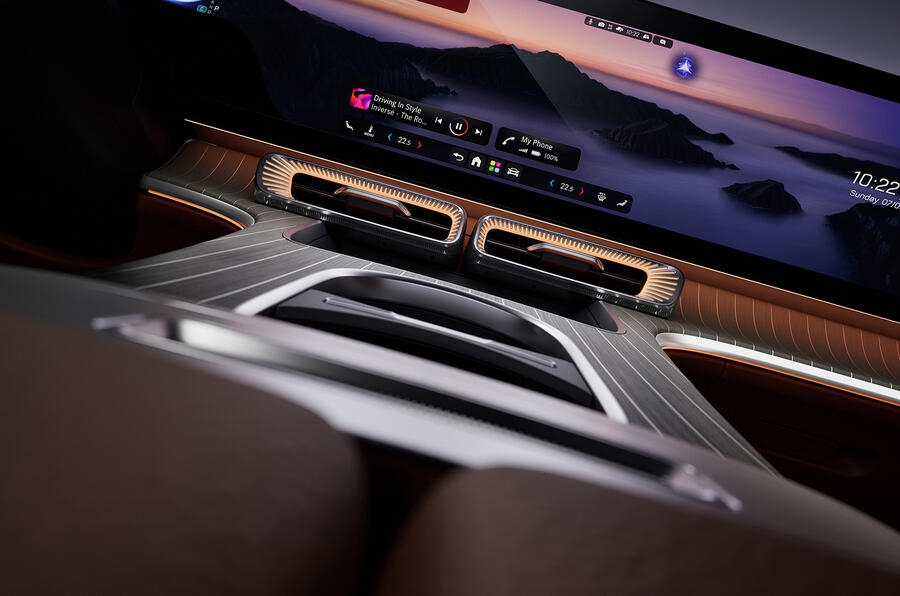
Elsewhere, the interior showcases the latest evolution of Mercedes’ ‘sensual purity’ design language, which will be adopted by all future models. The centre console merges into the dashboard and can feature a wireless smartphone charging tray and cupholders.
There is extensive use of customisable LED lighting, which also adds to the functionality: the air vent illuminations will briefly change colour when the climate temperature is adjusted.
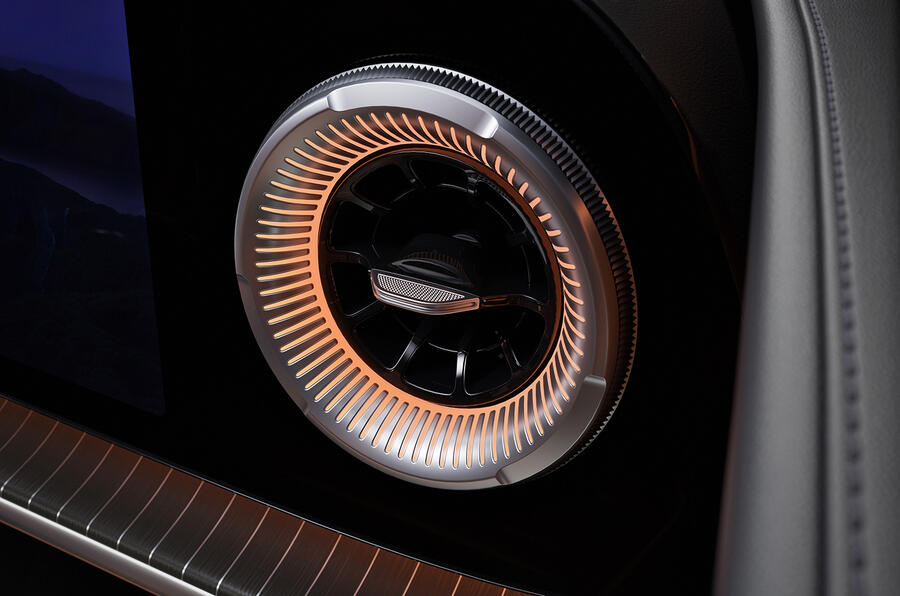
The electric GLC, which Autocar has already driven in prototype form, will be launched at the Munich motor show and will go on sale early in 2026.
Tesla Teases Bold Cybertruck-Inspired SUV With Family-Friendly Design and Rugged Appeal
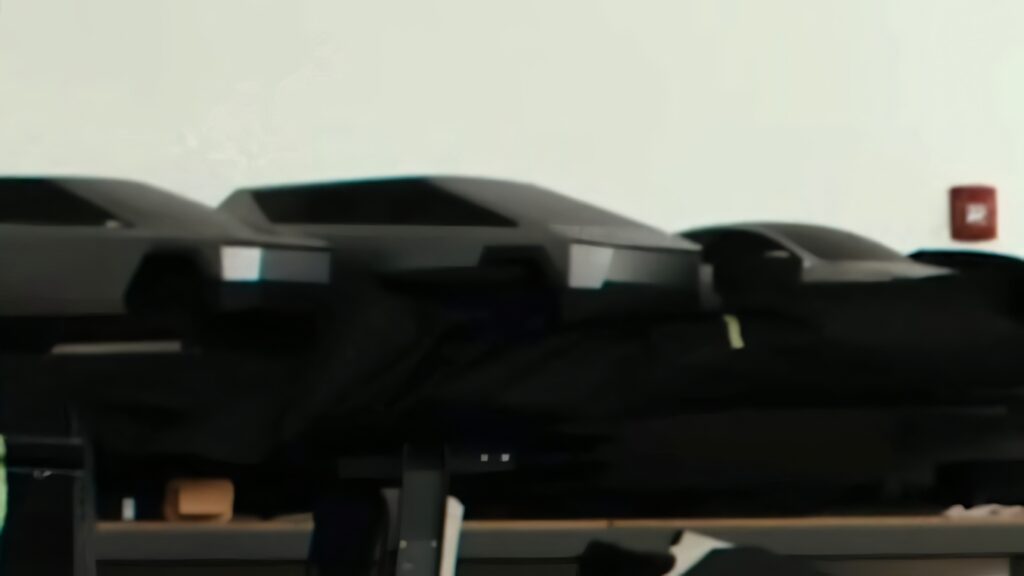
Mercedes-Benz Teases Exciting New Four-Door G-Class Cabriolet for America

Audi Unveils Next-Gen Cars with Rivian Software for Smarter, Simpler Driving by 2028
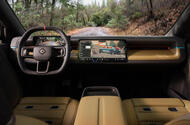
VW Group invested $5bn in Californian EV and software firm Rivian last yearAudi is testing mules in partnership with Rivian already; new tech will cut complexity, add functionality
Audi will launch its first cars with a Rivian-developed software stack in 2028, marking a step change in the way it develops its cars and the features they include.
The Volkswagen ID 1, launching in 2027, will be the first VW Group production car to use Rivian elements, but Audi will be the first brand from the group to bring a car to market with a complete software architecture developed in partnership with the Californian outfit, with which VWG established a software joint venture last year.
That's because "Audi has the highest requirements when it comes to functionality", said CEO Gernot Döllner - plus, the heightened efficiencies and reduced complexity brought by the new technology will tie into the German brand’s push for clearer and simpler operations.
"It's 2028 where we'll see it in the market. We are heavily working on it with the Rivian-Volkswagen joint venture, building up mules right now and working intensively together, so the first cars are already on their way,” Döllner told Autocar.
He revealed that the technology will be introduced in a pair of all-new cars – “if you take a step like that, you do it in a new platform” – which occupy different market segments.
Inside Rivian: the start-up teaching VW how to make better EVs
“From there, we’ll roll it out from these two models, step-by-step, to the complete line-up.”
Döllner gave no clues to what these first two models will be, but the company is likely to launch its first car on the VW Group's new 'SSP' modular architecture around 2028, so that would seem a likely candidate for the new software stack.
He added the stack will have significant implications for the production and capabilities of next-generation Audi models.
“It means for us, first of all, reducing complexity. In developing the car, we will have much leaner and faster processes in the way we develop the car.
"Over-the-air updates are an integral part of that strategy, so we are more flexible to add functionality or to fix things that are maybe imperfect, and it also helps us to focus our organisation: that software-defined architecture also brings complexity reduction."
Audi's development of a new software-defined family of vehicles comes as it renews its focus on traditional physical controls in pursuit of greater usability - as demonstrated by the new Concept C show car.

The two approaches would seem at odds with each other, but Döllner said digital and analogue elements "fit together perfectly".
"You have less virtual buttons in the car and more haptic elements, because that's definitely the customer requirement we get from the market: customers want to have specific functions and direct access. And it gives us the ability to to bring back materiality to the interior of the car - that real metal feeling, the 'Audi click', so also emotion.
"But underneath it's a central computer unit with zonal computers behind, so that's no contradiction - it fits together."
US Moves to Update Car Safety Rules for a Driverless Future




